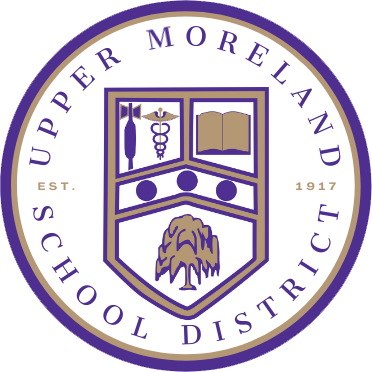Criminology and the American Justice System
Planned Course for Social Studies Electives
Course: Criminology and the American Justice System
National Standards: PA Academic Standards:
NCSS 4: Individual Development and Identity History:
NCSS 5: Individuals, Groups, and Institutions 8.1 Historical Analysis/Skills Development
NCSS 6: Power, Authority and Governance 8.3 United States History
NCSS 10: Civic Ideals and Practices 8.4 World History
Economics: 6.5 Income, Profit and Wealth
PA Core - Reading / Writing for History and Civics and Government:
Social Studies 5.1 Principles / Documents of Government
8.5 Reading Informational Text 5.2 Rights/Responsibilities of Citizenship
8.6 Writing 5.3 How Government Works
Course Description:
The goal of the middle and high school social science program is to develop citizens who will be able to participate in a culturally diverse, democratic, global society. The social studies program provides an integrated study of history, civics, economics, geography, and related social science disciplines. The program emphasizes active learning strategies, research and inquiry skills, as well as critical thinking, reading, and writing that will transfer beyond the classroom. The development of skills and content knowledge from sixth to twelfth grade will allow students to apply what they have learned in a more practical and meaningful way.
As its focal point, this course covers the study of crime and deviant behavior in society. Students will study conformity, deviance, types of crime, violent crime, organized crime, white collar crime, legal terminology, elements/workings of the criminal justice system and crime scene investigation. Connections will be made between the material being studied in class and the students’ everyday lives. Students will be able to analyze primary source information presented, identify cause and effect relationships, and provide explanations for current criminal justice issues facing the United States.
Specific and measurable objectives to be obtained by students:
The specific objectives for this course are delineated in the Upper Moreland Township School District Social Studies Scope and Sequence based on the standards set forth in the National Curriculum Standards for Social Studies; A Framework for Teaching, Learning and Assessment 2010 published by the National Council for the Social Studies (NCSS) and Social Studies for the Next Generation; Purposes, Practices and Implications of the College, Career, and Civic Life (NCSS C3 Framework). Specific objectives are also listed in the corresponding Pennsylvania State Standards for History, Geography, Economics, and Government and the Pennsylvania Core Reading & Writing Standards for History and Social Studies.
Materials:
Text & Digital Resources:
Gaines, Larry K., Miller, Roger L. (2018). Criminal Justice in Action The Core. Boston, MA: Cengage Learning.
Other:
Primary and Secondary source documents
Supplementary reading and media materials
Artifacts
Instructional Activities:
A standards-based social studies program requires the use of a variety of activities to stimulate creative and critical thinking. Below is a list of best practice activities.
Big 6 Research Process
Inquiry-based Learning
Technology-centered lessons and activities
Student-centered discussions
Project-based learning
Student reflection / response writing
Study-skill strategies
Citing factual evidence from non-fiction text
Before, During, and After (BDA) reading and writing strategies
Appropriate use of 21st Century resources and technology
Constructing and interpreting claims and counterclaims using factual evidence and research
Cooperative and collaborative opportunities for learning
Effective questioning techniques that challenge students to expand their thinking
Opportunities to exercise choice and responsibility by choosing topics of inquiry
Estimated Instructional time to be devoted to achieving objectives
Approximately 86 minutes per day, on an alternating block schedule
Forms of Assessment:
A variety of assessments will be used to measure student progress including:
Classroom discussion / participation
Entrance and exit slips
Homework
Independent Research
Individual and group projects with performance based rubrics
Journals
Tests and quizzes
Common unit based assessments given by all teachers
Oral presentations with accompanying rubrics
Quick write activities
Evidence based responses to nonfiction text
An explanation of how student grades will be determined:
A student’s grade will be determined through a minimum of 7 assessments per marking period. A minimum of 3 different types of assessments will be used to determine the student’s grade.
